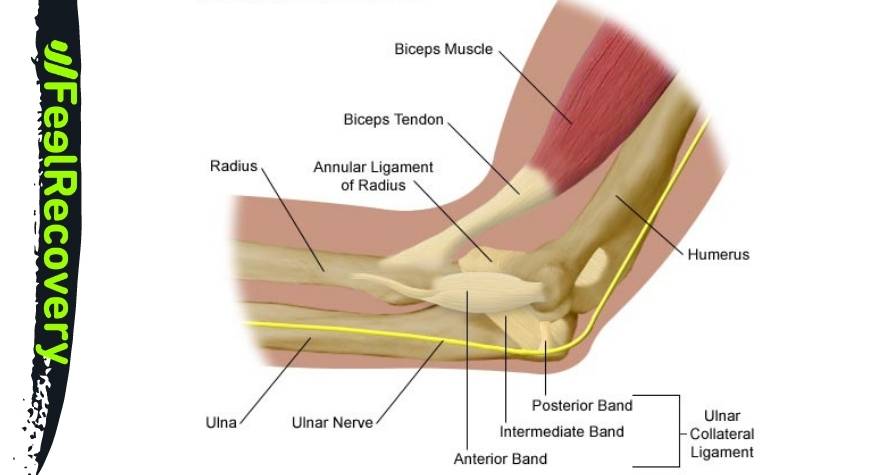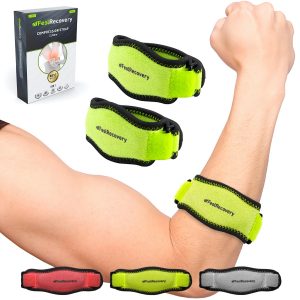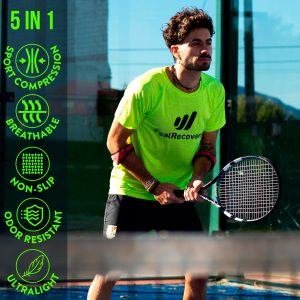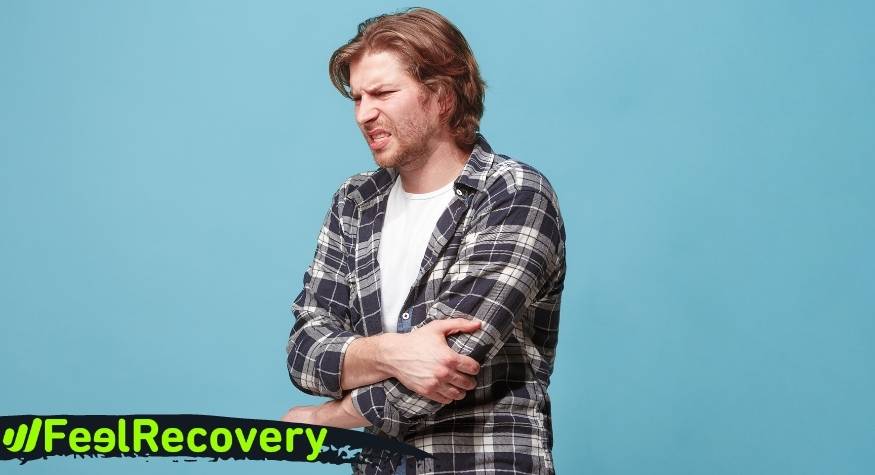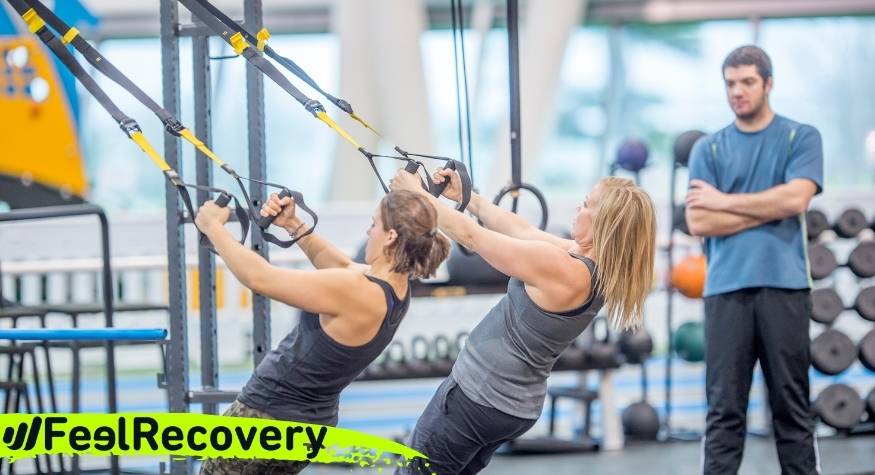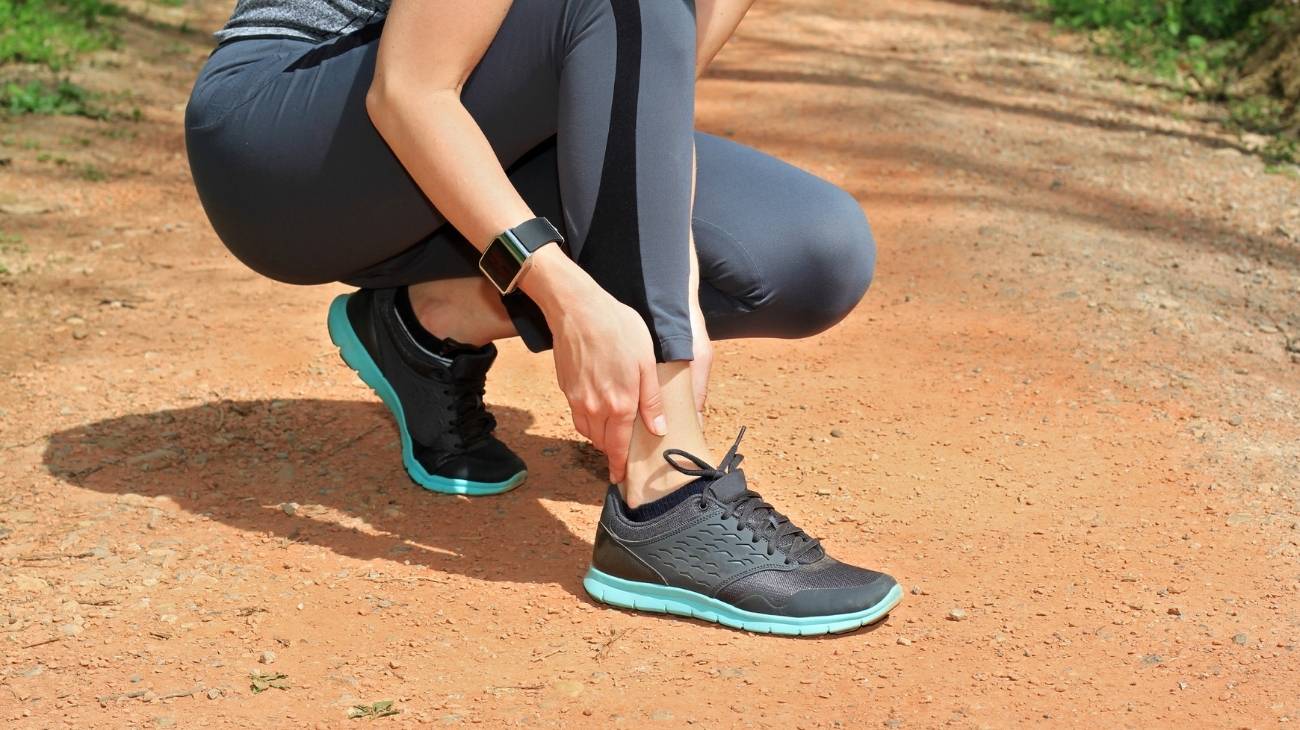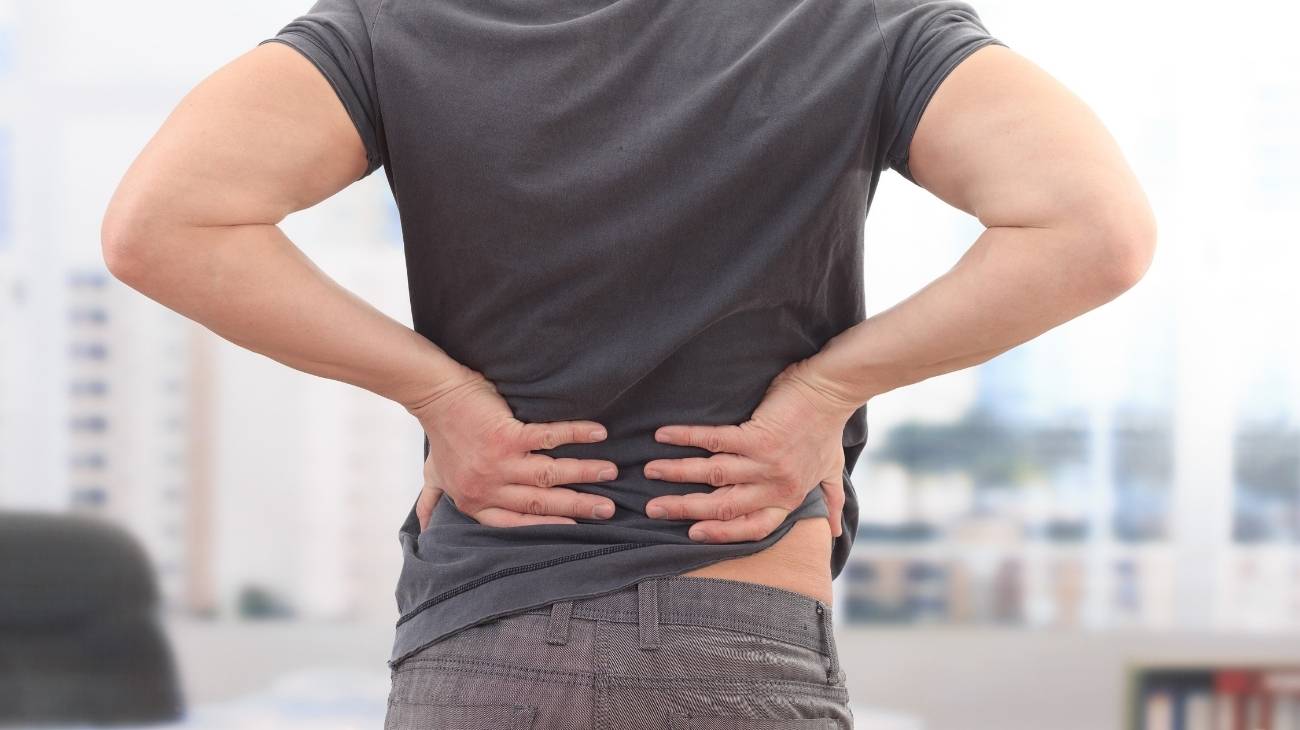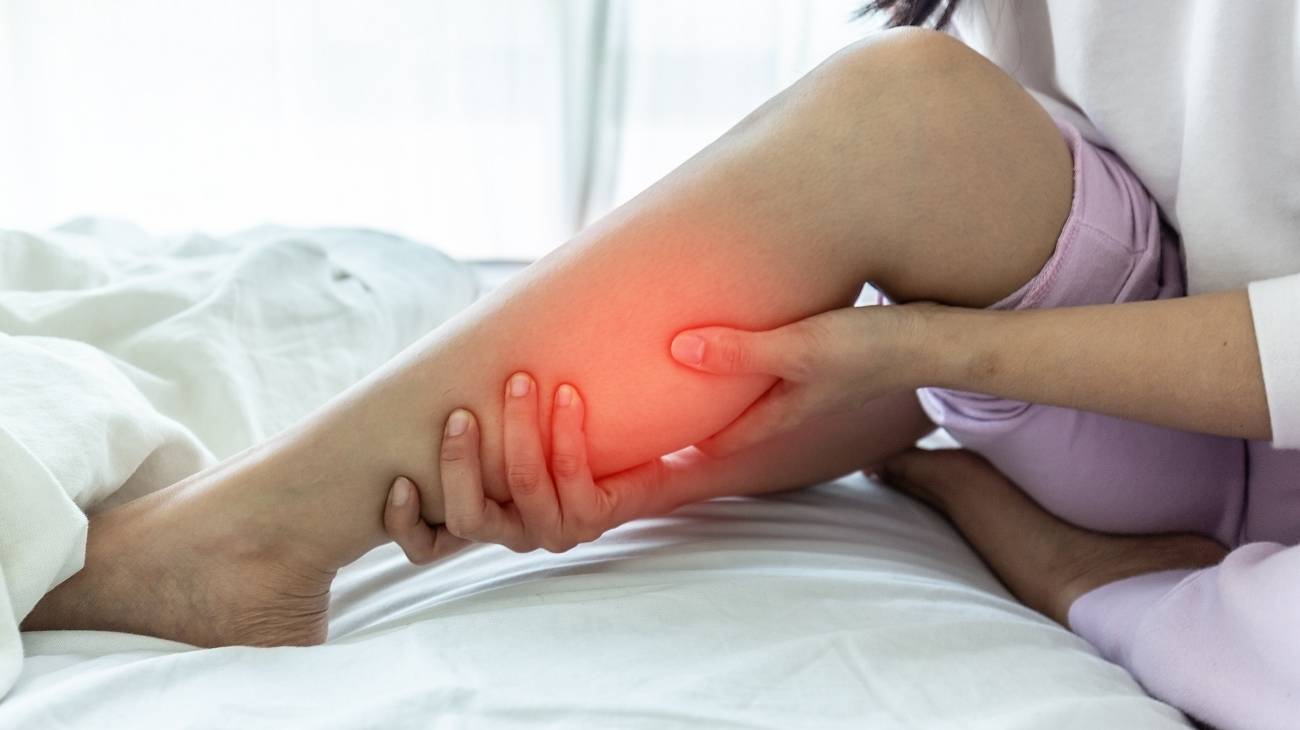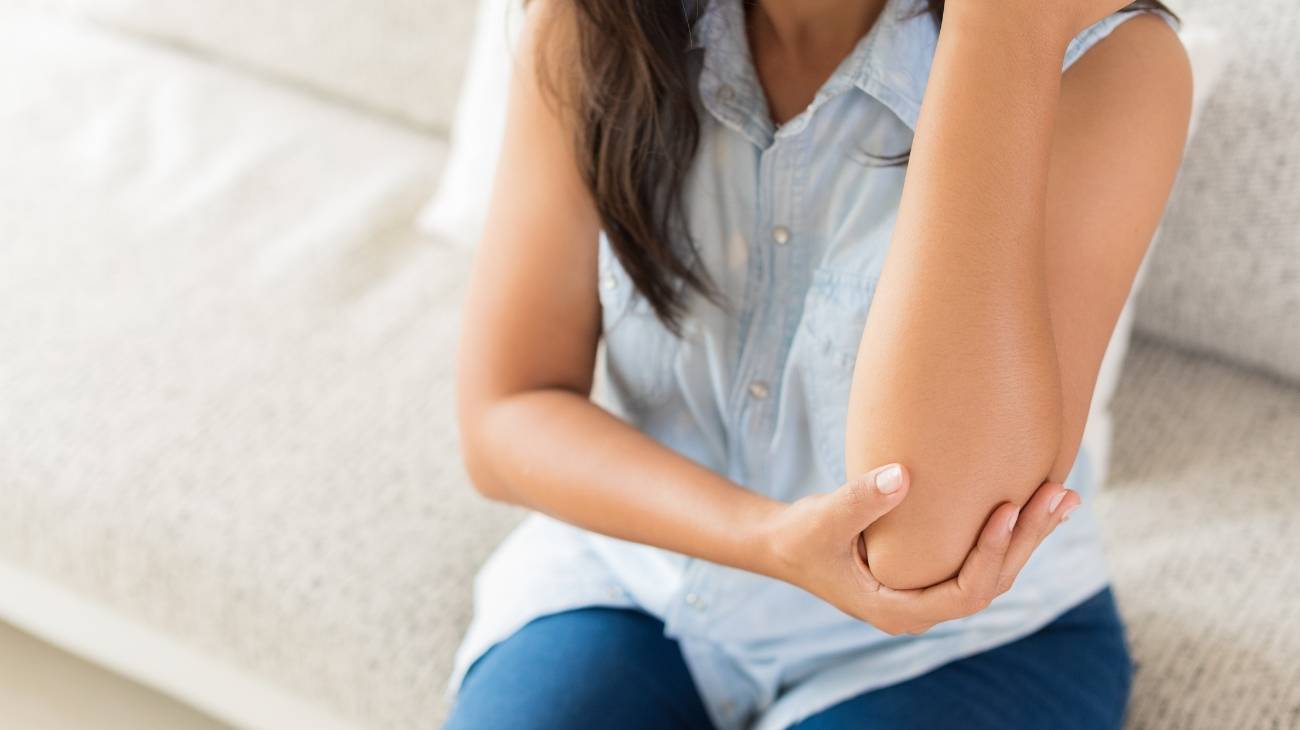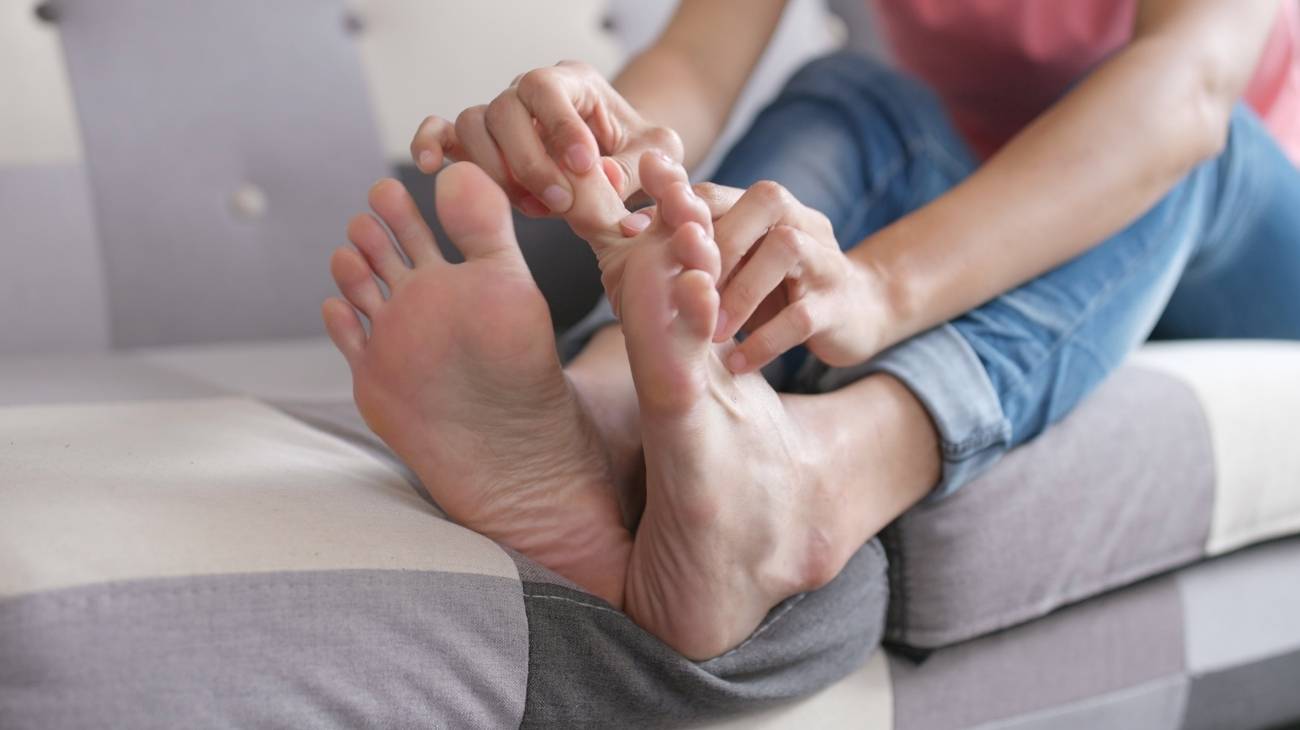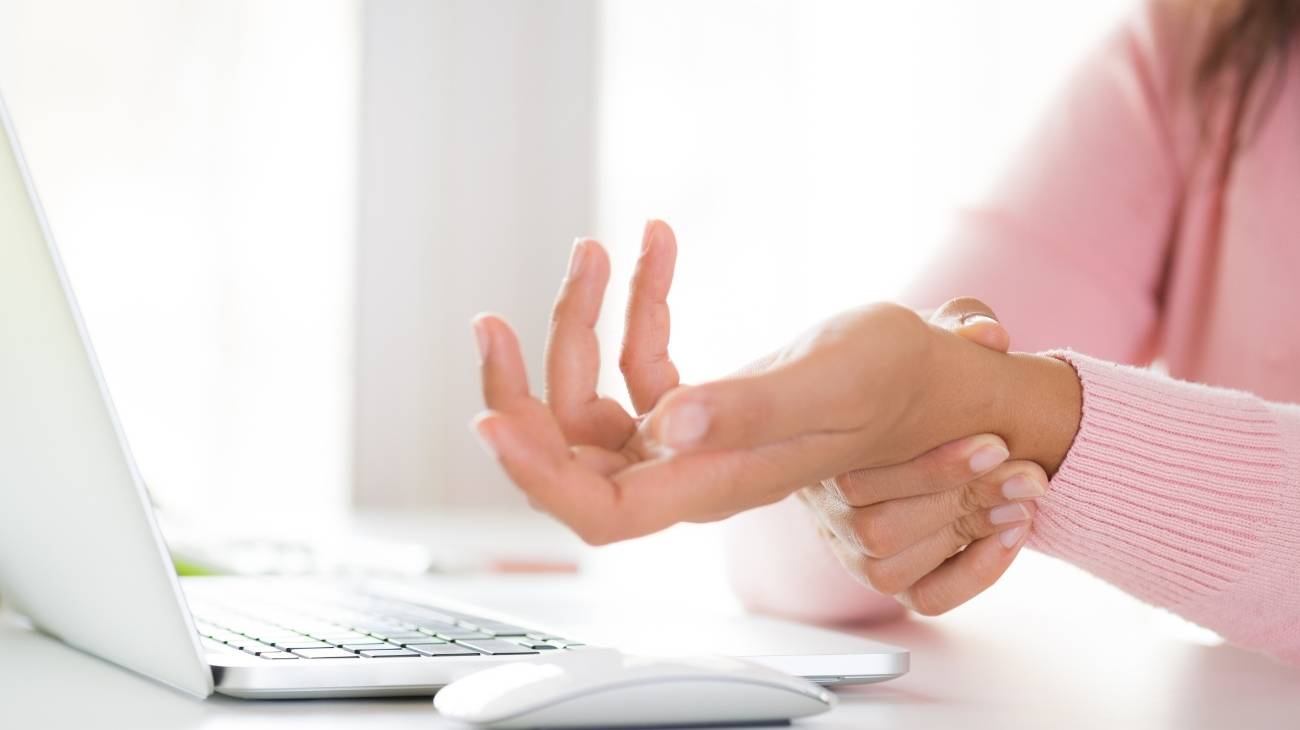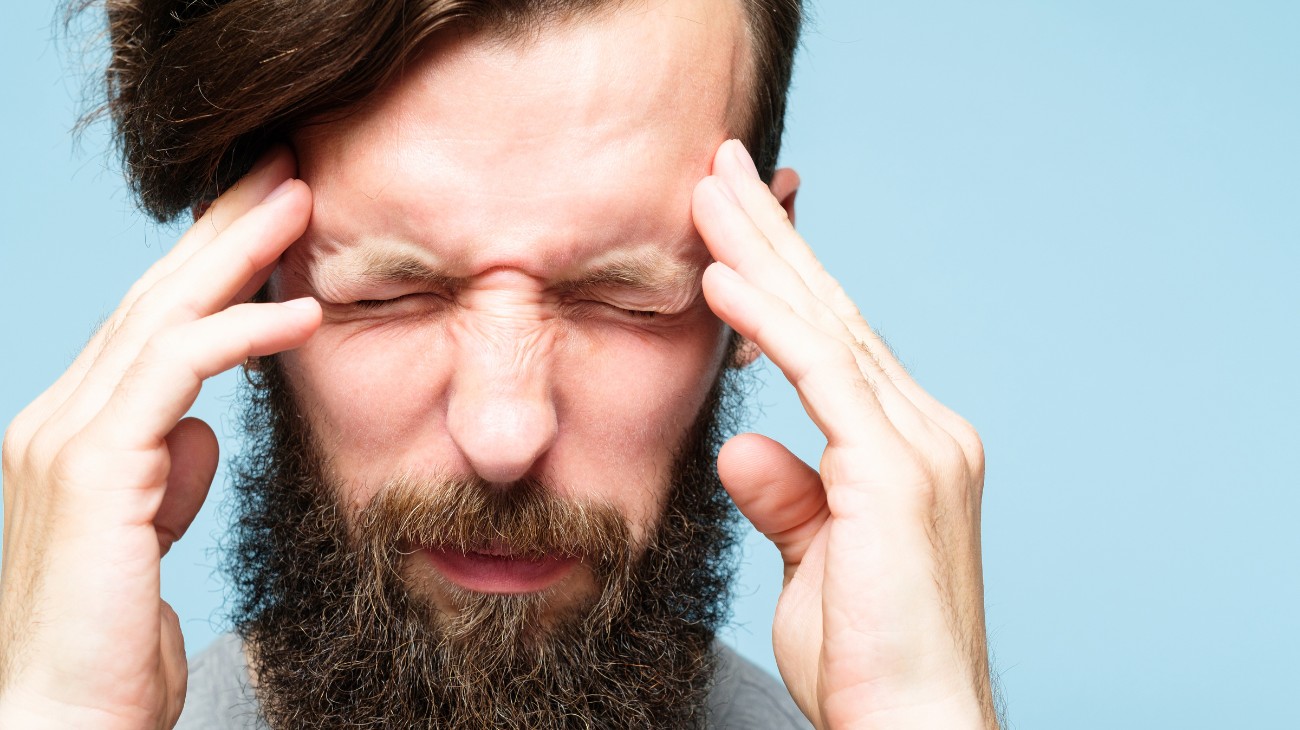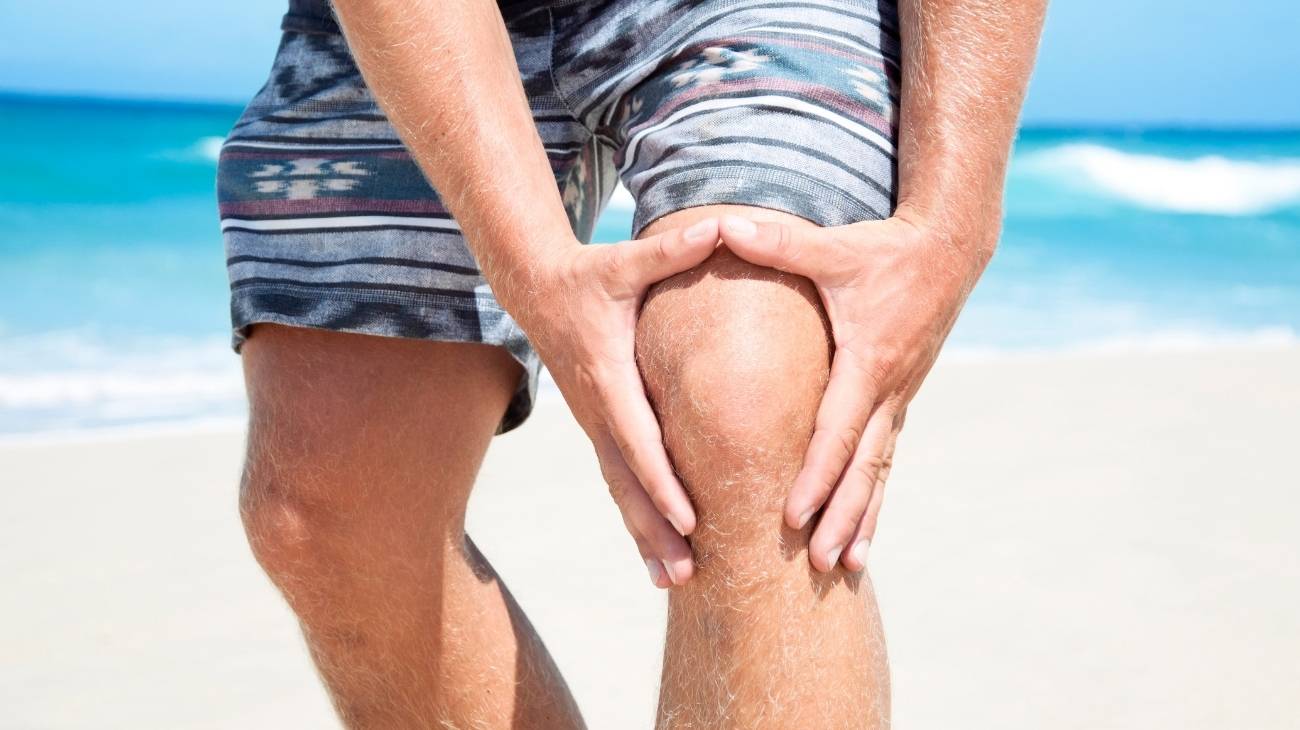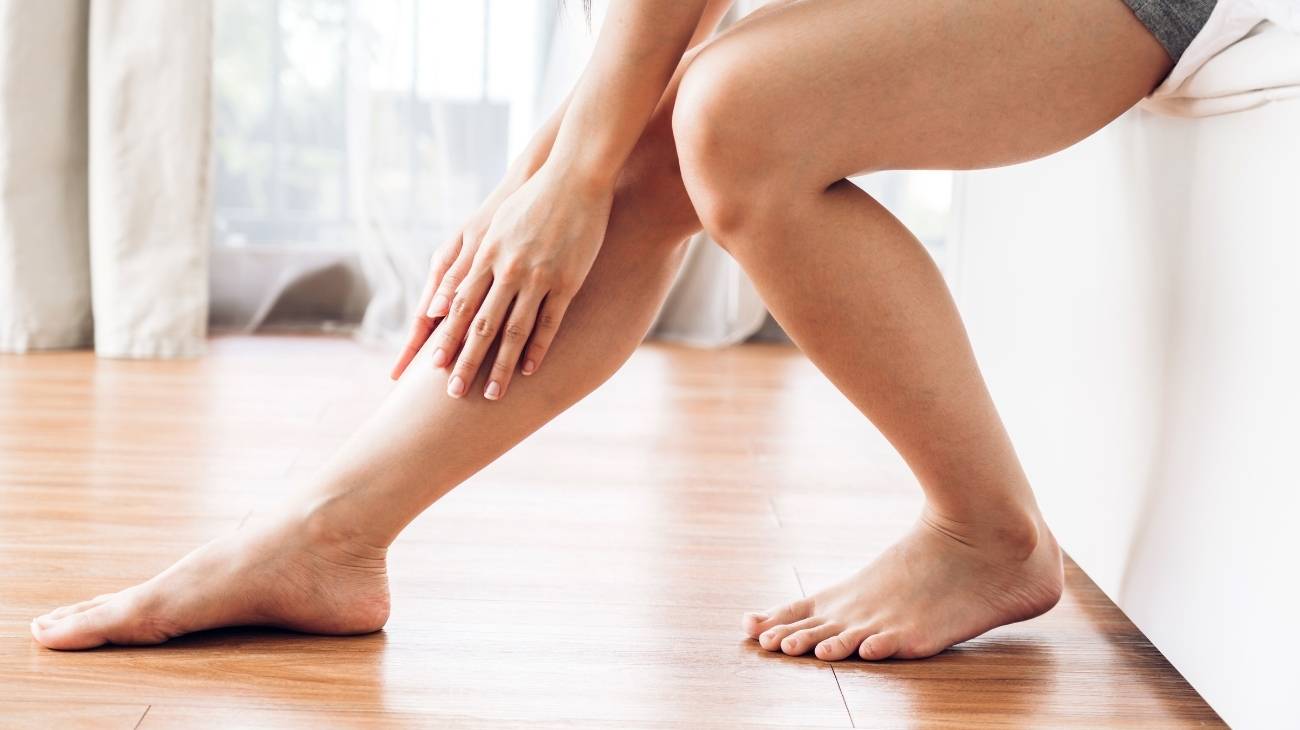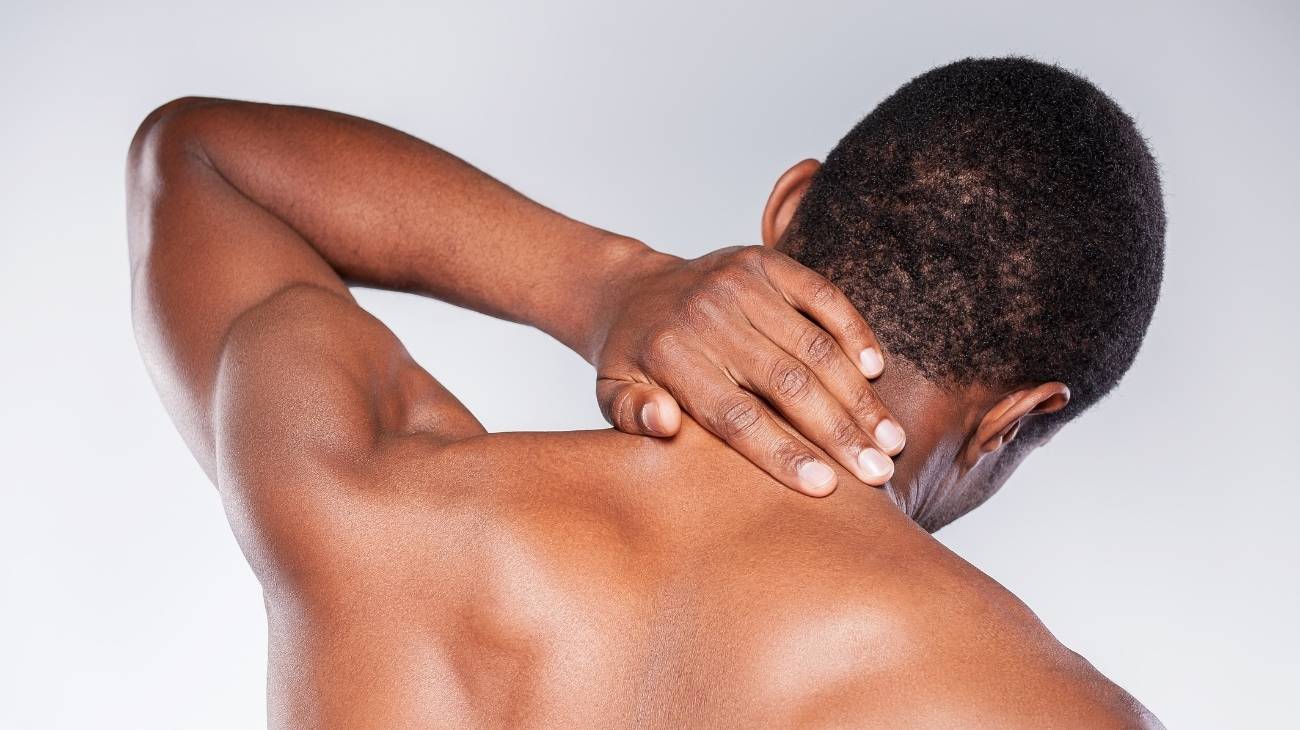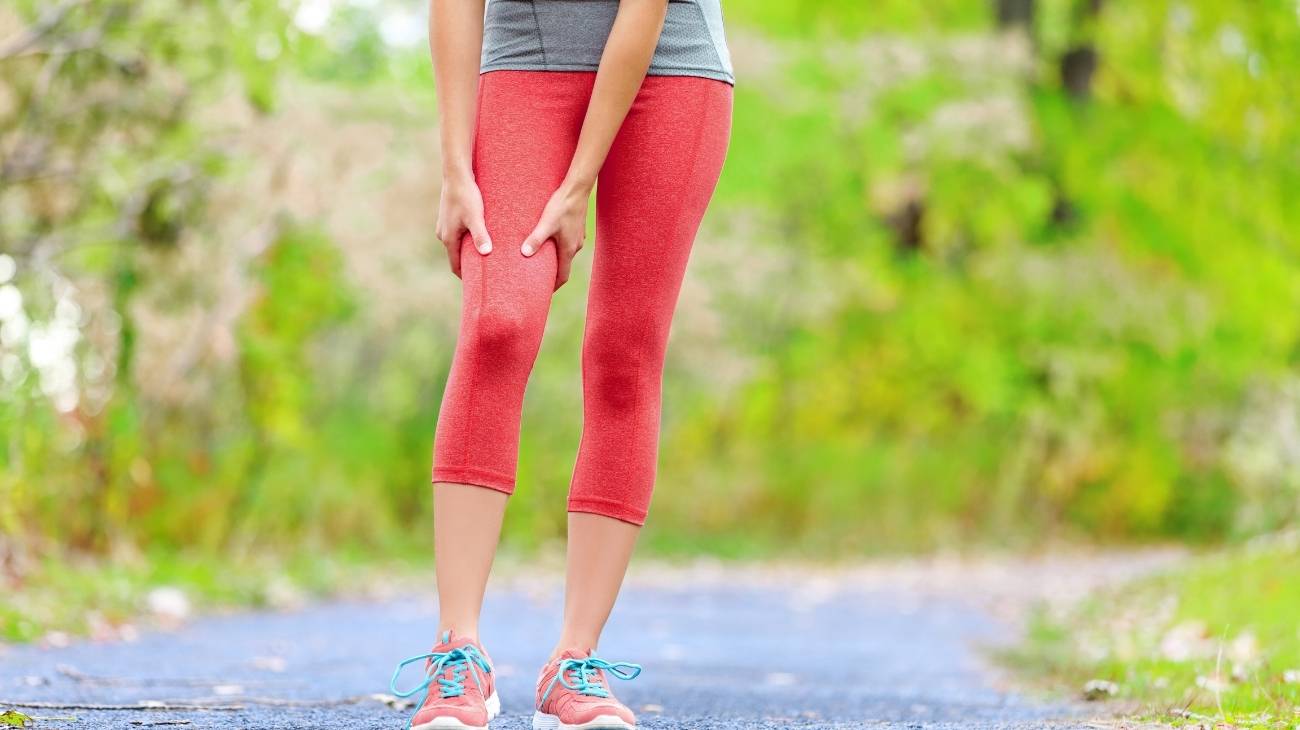- What is elbow pain and how to identify it?
- Best products for elbow pain relief
- What causes joint pain in the elbows and what are the causes?
- What kind of diseases can cause pain in the elbow joint?
- What are the symptoms and types of pain that make us think we have an elbow, wrist or forearm injury?
- How can we relieve elbow pain through complementary and non-invasive therapies?
- How to apply the RICE therapy step-by-step to reduce elbow and forearm pain?
- How to prevent future joint pain in the elbow?
- Why should we avoid pills and injections to relieve elbow joint pain?
Reducing elbow pain is essential for a normal day-to-day life. This is because this joint is essential for working with the arms, whether in household chores, most professions or even in sporting activities such as tennis or basketball.
Find out in this post what is good for elbow pain, what happens when your elbow hurts or, directly, why it hurts. In addition, we will teach you how to prevent this pain from happening again and how to treat it in a non-invasive way, using complementary therapies with scientific evidence but non-invasive, as well as first aid protocols such as the RICE therapy.
What is elbow pain and how to identify it?
Elbow pain is a discomfort that occurs in the joint area that connects the upper arm to the forearm. This area, which consists of a set of organic elements of all kinds (bursa, ligaments, bones, tendons...), allows us to bend our arms, making it possible to carry out many activities.
This unpleasant sensation can be differentiated according to its cause, but the truth is that, precisely in the case of the elbow, the damage caused and the symptoms presented by the pathologies are very similar, which means that it is very difficult to identify what is happening to us. Elbow pain is usually generalised as epicondylitis, but the truth is that this is only one of the many pathologies that cause this pain.
Although the area is small, it is curious to know that there are 16 muscles that cross this joint. There are also a large number of blood vessels and nerves, as well as ligaments that connect the joint to the bones and muscles of the arm and forearm.
This means that, although it may not seem like it, as we have already said, identifying why our elbow hurts can be difficult, except in obvious cases where we ourselves have witnessed trauma. There really are many causes of elbow pain, and precisely because it is so small, our advice is not to try to identify the problem yourself, but to go straight to your doctor and ask him or her to give you the guidelines to follow.
Best products for elbow pain relief
Bestseller
What causes joint pain in the elbows and what are the causes?
Many situations cause elbow pain. Some are a direct cause, others are aggravating factors and others show us what kind of problem we may be suffering from.
Trauma, blows and falls
Any trauma can injure the elbow, which is a fairly prominent area of our body. Of course, the greater the impact, the more pain and possible damage, including other unpleasant symptoms. We even get to the point of being able to suffer tissue rupture, which means that we have to undergo surgery. The injuries are of a direct nature, evidenced by the situation experienced and their graduation is given by the symptoms and their severity.
Fractures, dislocations, distensions, sprains, nerve injuries, etc. Trauma can, practically, directly produce any pathology or cause them to appear over time, as would be the case with osteoarthritis.
Due to wear and tear of the ligament
The function of ligaments is to maintain joint stability and ensure that the joint fulfils its function. Their wear and tear means that the tissues rub against each other, causing irritation, causing the bones to wear out and leading to illnesses and pathologies, both temporary and chronic. It is very important to maintain their good condition and allow time for them to regenerate or we will lose them forever.
Wear and tear, in addition to overuse, also occurs due to the appearance of degenerative diseases, so it is important to check from time to time to ensure that we have not developed any that are wearing out the ligaments too much. In any case, the action of friction will cause all the tissues to ache, become inflamed, wear out even more and, as a result, we lose the ability to move.
When playing tennis, golf or badminton
Racquet sports cause the elbow to be continuously flexed or we make sudden movements or overexert ourselves in areas that are not prepared for it (such as the forearm). In both cases we are overloading or forcing the area and its surroundings, which ends up producing various symptoms among which pain is usually the main one affected but which can be a sign of pathologies that are important to treat so that they do not leave sequelae.
When lifting weights
When we lift weight by bending the elbow and we exceed the amount of weight supported or repeat the action too many times, the tendons become overloaded. This means that they become inflamed, can become stiff, crack and fail to regenerate in time. All this causes a lot of pain and makes it impossible to continue with the activity or even to carry out other less demanding activities.
Pain when bending
In this case, it is possible that inflamed or injured tendons are the cause of the pain. An overloaded biceps can also hurt and confuse us because of damage to the joint area. Elbow bursitis, especially when the area is excessively inflamed, is also very painful, both when flexing and when leaning or even stretching the arm.
Pain when stretching the arm
It is possible that we have an injury to the radio-humeral joint, which in turn is usually caused by twisting the arm downwards, as occurs when playing sports such as badminton or tennis, or by throwing hard in some sports such as baseball. Bursitis also causes a lot of pain when stretching the arm, especially if we do it suddenly.
Exercise and strenuous exertion
Exercising, especially in certain sports or on gym machines, causes us to continually flex and extend the elbow. This leads to wear and tear and a much greater chance of the tissues wearing out, which can even make it impossible to move due to stiffness or impingement.
In the same way, intense exertion, especially if it is for too long, will exhaust the tissues, which will fatigue much sooner and need more and more effort to be able to perform their functions. This injures them to a greater or lesser extent.
Repetitive wrist strain
Many of the tissues of the wrist are related to the elbow because of their attachment to the forearm. Wrist strain involves working with the tendons of the forearm, which also reach and support the elbow. If these are overused with the wrist, they will be weakened and cannot be fully functional for other activities.
Stress and emotional causes
Psychological problems, negative emotions and stress cause pain usually of a nervous nature. The system is disturbed and sends wrong signals to random areas that do not directly correspond to the psyche, especially the joints and back. At the same time, when we feel bad, the parts already affected by an ailment are the first to be harmed, so any emotional problem is an aggravating factor for elbow pathology.
What kind of diseases can cause pain in the elbow joint?
There are at least a dozen basic pathologies, which practically all of us are familiar with, that can cause elbow damage, the most common of which are as follows:
Arthrosis
The elbow degenerates in the joint area due to excessive use, bad practice, or both, as well as various diseases, trauma and injuries such as osteochondritis or chondromatosis. Friction of the bones causes them to harden and small bony formations to grow in the peripheral area of the damaged joint.
Symptoms are late but severe, including severe pain in the joint as well as significant swelling, stiffness and, with it, limited mobility with corresponding loss of functional ability. It can be treated in the operating theatre but, of course, the ideal is to prevent its appearance because, as we have said, it can take a very long time for us to realise its presence and for it to wreak indelible havoc on our organism.
Osteoarthritis
The joints become inflamed for various reasons, such as the osteoarthritis we have just seen, or due to many other illnesses. The fact that the bones themselves are swollen leads to a change in the shape of the elbow, which becomes permanently larger, appearing as a not very prominent bulge in the case of the elbow but, of course, noticeable to the naked eye.
The joint becomes stiff, making it difficult to extend and bend the arm until the elbow itself becomes blocked. Tingling may also appear in this area. Of course, the process is painful, much more so as time goes by. Conservative measures will help in its treatment, but, above all, in its prevention.
Ligament and muscle sprains
One or more ligaments in the joint are pulled or torn in part or in whole. This is usually caused by a mechanical strain such as the arm being bent into an unnatural position. It can also occur if we suffer a very strong blow. Finally, overuse of the joint is also a cause of ligament sprains; this occurs mainly in repetitive and long-lasting sports.
The elbow hurts both at rest and in movement, it becomes inflamed and a bruise usually appears in the area where the ligament is torn or at its junction with a bone if it becomes detached. If you hear a snapping sound during an injury situation, it is almost certain to be a sprain.
The severity will determine the treatment, which usually includes some kind of aid to help move the arm properly while immobilising the tissues. Home remedies or conventional treatments will also be essential. Surgery is often necessary to repair the ligaments if they are too badly affected, followed by a full course of recovery.
Fractures
A fracture is a break in one of the three bones in the joint. This can be partial (crack) or total (fracturing into two or more pieces). In addition, we speak of a displaced fracture when both extremities of the broken bone are separated.
Depending on the bones affected, the symptoms are different, so the diagnosis is simple. The pain felt is very strong, sometimes worsening with the twisting of the arm, the elbow becomes very swollen and hot and you can see various deformities, which are nothing more than part of the bone sinking into the skin.
In any case, due to the seriousness, you should see a doctor so that an expert can find the most suitable way to weld your bones and describe in detail your treatment and aftercare, as these differ greatly depending on the type of fracture.
Bursitis
This consists of irritation with or without inflammation of a bursa, which is a compartment where synovial fluid is stored and whose function is to prevent friction between the tissues by being located right in the middle and to ensure that joint movement is normal.
When bursitis is acute, the elbow becomes red and hot. It is also a very painful process. If you suffer from chronic bursitis, you will notice that the area becomes inflamed and painful, and you also lose the ability to move, which leads to muscle atrophy and motor weakness due to lack of use. In either case, the surrounding skin becomes sensitive and the joints begin to ache and become stiff. Bursitis of the olecranon is the variant known as "student's elbow".
Bicipital tendonitis
The biceps tendon is injured and inflamed just where it inserts into the radius. It is usually caused by repetitive activities that require a lot of effort. The pain is localised on the inside of the elbow. If the tendon ruptures, the pain will be sudden and very intense and will be accompanied by bruising, weakness and difficulty in rotating the forearm, in addition to the pain radiating towards the shoulder.
A lump also appears above the elbow, which is the result of the muscle not inserting into the bone because it has shortened. It is important to have a complete check-up because it is a pathology that often occurs together with others, such as rotator cuff injuries, especially in the case of athletes and people who have been injured as a result of their work activity.
Epitrochleitis
Also known as golfer's elbow. The anterior muscles in the forearm are injured in the area where they attach to the humerus. An overexertion, either punctual or subjected based on repeated movements, is usually the reason that causes the tissue to deteriorate.
There is pain in the medial area that occurs both during movement of the elbow and wrist, as well as at rest. It requires rest and other home remedies, but also physiotherapy sessions such as massage, osteopathy, postural education, etc., as well as the use of compression therapy, electrotherapy and others.
Epicondylitis or tennis elbow
It is the inflammation of the extensor muscles of the wrist and fingers when it occurs in the epicondyle of the humerus. It is caused by overexertion of the musculature itself, including sudden action or activity sustained for too long as well as uncontrolled repetition of wrist tension. In this situation, the muscle tissue is slightly injured and if our body is not able to repair it more quickly, a major injury, which can lead to a rupture, will occur.
Pain appears, especially on the outside of the elbow and during palpation of the epicondyle, which prevents us from carrying out the functions of the tissues involved, and we are unable to extend the wrist or supinate the forearm. This may occur in simple, everyday, domestic situations and is not relieved by rest, cold or medication. It can become a chronic condition, becoming known as tendinosis. For this reason, our best advice is prevention, which will avoid pain and inflammatory processes.
Median nerve neuritis
When the median nerve is repeatedly injured, it causes a very sharp pain behind the inner side of the elbow, behind the epitrochlea. It also causes tingling and can cause the 4th and 5th fingers to go to sleep as well as weakness in the muscles.
Mechanical blockage
The muscles of the finger and wrist extensors are over-tightened and suffer mechanical stress (with the tension we continue to carry out activities that are very demanding for these tissues). A locking of the radius occurs at the level of the joint between the radius and the humerus.
This is a problem that cannot be solved by conservative therapy alone, but must be treated by physiotherapy as soon as possible. In many cases, in fact, surgery is also necessary, albeit minimally invasive.
Cervical problems
Radiated pain occurs in many areas of our body. In the case of the elbows, it is common for it to come from the cervical region, specifically because a nerve is injured, even slightly, causing erroneous signals to be sent along the nerve and, at the level of the elbow, between the scalene muscles, due to the little space available, the pain is produced.
The alteration of the nerves can be caused by cervical instability or poor or bad motor control, which leads us to, without realising it, cause damage to the discs or directly affect the nerves at their root. Obviously, the solution is to try to normalise the situation of the nervous system by working on the cervical vertebrae.
What are the symptoms and types of pain that make us think we have an elbow, wrist or forearm injury?
When the elbow in particular and the forearm in general are injured, many symptoms appear that help us to define what is happening to us and, therefore, how we should treat it.
Most common types of symptoms
- Pain: When there is an injury there is pain, although it is true that you can have many other symptoms, but pain always appears as a reaction to an adverse action for the systems of our body. In the case of the elbow, the pain is usually very sharp, especially from blows, torn ligaments and strains. It can be drier or coarser in the case of joint degeneration and very incident if there are fluids in the area.
- Swelling: Any injury, except, perhaps, those occurring at the nervous level, will involve a swelling, mild or more noticeable, of the elbow area. This is due to the fact that the body activates its defence mechanisms to counteract dangerous situations such as the pathologies we have developed above.
- Stiffness: This is found in the case of diseases related to bone wear and tear and occurs because the protective covering of the bones wears away, they become unprotected and lose their shape, making it increasingly difficult to fit and joint movement more and more difficult.
- Redness: In general, this is a symptom that accompanies inflammation, although it does not always appear. It does occur in the specific case of bursitis.
- Reduced movement: The more severe the pain, the more disabling it becomes. But, in addition, depending on the injury suffered, you will see that movement is further reduced for reasons such as the joints becoming blocked, the tissues cannot stretch and flex, etc.
- Joint instability: This is very common and means immediate entry to the operating theatre, as the damage that can be caused by not having control over the elbow is quite serious, including the breakage of other tissues.
- Deformity: Many of the pathologies we have seen include deformity as a fairly common symptom. Injuries in such particular areas mean that any displacement or inflammation, however slight, can cause our elbow to be deformed. Of course, there are more serious cases such as torn ligaments, fractures, displacements, etc
- Haematomas: We are almost certain to find them if we suffer a sprained elbow and very often also in cases of tendonitis. Internal whiplash and, of course, a direct blow will also cause the skin to turn purple due to a prolapse of the circulatory system, which accumulates blood in the affected area.
Types of symptoms depending on the area
- Pain on the inside: The inside of the elbow is mainly made up of tendons, so if this is where we feel pain, we are probably suffering from tendonitis, most likely bicipital tendonitis, which is the most common and the most painful. Of course, trauma and any continued effort will be the cause of this pain, which will be accompanied by weakness. Epitrochleitis also causes damage here and, in addition, it often extends to the forearm, which is where we have not actually injured it.
- Pain on the outside: The external area is the one that causes the most problems, which is why it is much more common to feel pain there. Epicondylitis, bursitis, wear and tear or fracture of the humerus, etc. The symptoms that accompany the pain are as varied as the number of causes that produce it.
- Pain in one of the bones: It is practically certain that the bone in question is fractured. It is also possible that there is a nerve injury that is producing radiating pain, for example from the hand or shoulder, through one of the bones.
How can we relieve elbow pain through complementary and non-invasive therapies?
There are different therapies that do not require invasive methods with which we can treat elbow pain. These are manual, natural, harmonious with our organism and, above all, do not include treatment with drugs, as these can only be prescribed by a specialist.
Acupressure therapy
Acupressure or Shiatsu massage will help to relieve elbow pain and other symptoms in a very simple way. We simply apply pressure to very specific parts of the body. Each of these is a point called a meridian which, by pressing it, rubbing it or applying pressure in circles on it, helps us to treat a wide range of illnesses and symptoms that are not generally found in that area, although sometimes they do coincide.
Thus, knowing exactly where these points are located and how to stimulate them, with what type of action, for how long, with how much pressure, with the help of acupressure supplements, etc., we will achieve the elbow pain relief we need
The acupressure points to reduce elbow pain are as follows:
- Li-12, Li-11, Li10 and SJ10: To treat tendon or muscle strain, pain, swelling and heaviness.
- RN-4, BL23: Help reduce pain and inflammation and work to prevent the joint from becoming fatigued.
- TC 10: Reduces generalised pain, no matter where it comes from.
Thermotherapy
Heat is an excellent remedy to use when we feel chronic pain, which we see coming and going for a long time. Also if we have problems with insufficient blood flow or if we have suffered an injury and the acute pain has been subsiding (and we have no inflammation). Just wrap your elbow in a product to apply heat, we recommend microwavable heating pads or soak it in hot water, take a good steamy shower etc. Also use this time to rest the joint.
Cryotherapy
We will resort to cold when we have just injured ourselves and feel acute pain, when we have inflammation or in conjunction with heat therapy in the case of bone problems, especially if the bones rub together and become ankylosed. Pain due to nerve problems can also be relieved by applying cold products.
Its effect is very comforting, with immediate analgesia and a rapid reduction in inflammation because the blood flow is reduced. The important thing about this therapy is not to abuse it, this means that we do not resort to too low temperatures, that we are not too long with cold on our body, trying to keep the sessions short and no more than 4-6 per day, we recommend the use of ice gel packs.
Massage therapy
We recommend massage therapy in cases where soft tissue is affected, mainly due to overexertion, but not broken. Of course, we should never massage a fracture, no matter whether it is bone or ligamentous. It is also very important to consider whether to work on cysts and other protuberances, as palpation is usually quite painful.
Massage can be performed by a professional, or a professional can show you how to do it and supervise you until you learn to massage yourself, in specific cases where the pain is not too severe, when there are no ruptures or wounds. The most common case where massage is indicated is epicondylitis, as long as a professional recommends it in your specific case.
Compression therapy
It is essential when tissues have been displaced, if cysts are formed or deformities occur. Compression, although initially used for other purposes, is able to maintain the entire composition of the elbow in a normal state. This makes us feel less pain because it will immobilise the affected parts, while at the same time helping recovery to be more effective as the tissues are in place, welding properly.
It will also serve to drain the joint in the event of a ruptured bursa or infection, cleaning the area and preventing much worse pain. It is important to compress the elbow with appropriate garments that exert the necessary pressure at all times. In order to avoid recurrence of injuries once we have recovered, the use of compression elbow braces is recommended while we carry out sporting or work activities that require effort on the elbow.
Other effective alternative therapies
- Natural remedies using plants: Herbal plasters are very suitable in cases where inflammation and deformities such as bursitis occur. Use turmeric, ginger, cat's claw or St. John's wort.
- Acupuncture: Acupuncture works the same points as acupressure. The difference lies in the fact that we do not use our fingers to press on them, but rather we stick needles into them at an angle and depth that is unique to each case.
- Kinesiotherapy: This is widely used when we suffer damage to the epicondyle, and there are various techniques that can be applied: muscular, space-increasing, etc.
- Osteopathy: There are many actions that an osteopath can carry out on a painful elbow, whether or not it is seriously injured. Interestingly, we begin by treating the cervical vertebrae to normalise the innervation of the nervous system over the area. Other actions are to ensure blood flow, manipulation of the dorsals to work on neurovascular control, detect and check for elbow dysfunctions or negative reactions in the elbow, and treatment of the corresponding soft tissues.
How to apply the RICE therapy step-by-step to reduce elbow and forearm pain?
If you have an elbow and/or forearm injury and want to reduce your pain, in most cases, the RICE therapy is the most suitable. You should always do it if the pain is sudden, if you are sure that you have suffered an injury and if you have swelling.
The guidelines for the PRICE therapy, which is the improved version of RICE, are as follows:
- Protection: Do what you can to keep the area safe. This includes stopping what you were doing, moving to a place where you won't be bothered, putting pressure on and covering a wound if there is one, and, if you go to an expert, following his or her instructions until you go on to the next step.
- Rest: Obviously, you will have to stop articulating your elbow so as not to encourage the pain or the cause of the pain. Of course, you should not remain totally immobile in bed. The best thing to do is to rest the area for several hours but to do some activities, especially daily ones. Of course, you will have to consider the use of resources so that this is not difficult. It is advisable to reduce sporting activity and work to a minimum or, directly, to eliminate them from our recovery for a few days.
- Ice: The PRICE therapy suggests that we apply ice to the affected area. By ice we mean cold, of course. Although it can get us out of a bind, it is ideal to have products such as cold gel packs, which are specifically designed to treat aches and pains. The low temperature reduces inflammation because it means less blood gets to the area.
- Compression: It is likely, especially if you have suffered a mixed elbow and forearm injury, that your elbow and forearm will be immobilised for better healing and, of course, to prevent you from making painful or damaging movements. Obviously, if there is a wound, whether internal or external, it must be kept immobile in order to heal.
- Elevation: Whenever possible, try to keep your arm raised above the level of your heart. This will prevent the blood from flowing downwards and thus help the swelling to subside by reducing the blood pressure.
How to prevent future joint pain in the elbow?
Unfortunately, there is not much that can be done preventively to avoid elbow pain. However, of course, you will read all the beneficial tips and precautions to achieve this in the best possible way.
- Warm up: Warming up is ideal for daily activities that can cause elbow damage, as well as for sports and activities that can cause elbow damage. It may sound ridiculous because the area is small, but if you're reading this, it's because you've had this pain in one way or another, so give this advice a lot of thought. Any well-prepared body part will be less prone to injury when overused.
- Cold on the area: After sports sessions, use cold products to prevent possible inflammation from even occurring. This is a simple way to curb possible injuries and prevent pain.
- Rest: A good time to apply cold can be during a well-deserved rest. Don't strain your arms for too long or you know the pain will come back sooner or later. Take breaks both at work and when you are exercising (e.g. you can do cross-training).
- Exercise and self-massage: You may have had several injuries, be prone, have healed poorly etc. There are many reasons why elbow pain prevention should include a specific exercise plan. See a physiotherapist who is an expert in kinesiology or an osteopath for advice on the most suitable exercises and do them as often as you are advised. Pilates is also a very good option.
- Good practice: When you have to articulate your elbows continuously, do it the right way. Find out about the correct technique in the sport you are practising to avoid injury and, if it happens at work, of course, go to your doctor for advice on how to perform each task without sacrificing your body. If you have a choice, choose to vary the sports you do so that you don't always put a strain on the joint.
- Stay within your weight: It may not seem like much to do with it, but fatty tissue is always going to be a negative in this type of case. Why? It produces chemicals that promote inflammation. It is not the most aggravating point if we talk about elbows but, of course, having a low fat index will always help.
Why should we avoid pills and injections to relieve elbow joint pain?
Any kind of self-medication is discouraged, no matter if we are talking about something important like an injection or something that we can consider basic, such as a broad-spectrum anti-inflammatory. Drugs have side effects. This means that, although they may reduce pain for a while, they can cause other problems for you both immediately and in the medium to long term.
Of course, with the number of existing evidence-based alternative therapies for elbow pain relief, this is not necessary. Moreover, even if the pain goes away for a while, the damage is not cured. Medication to get rid of the pain is not going to solve anything.
It is precisely the taking of drugs that, if necessary, cures the problem that is causing your elbows to hurt. Ultimately, if you feel that your pain is too severe or does not correspond to the situation, see your doctor and let him determine if you should take something and, most importantly, what.
References
- Alcid, J. G., Ahmad, C. S., & Lee, T. Q. (2004). Elbow anatomy and structural biomechanics. Clinics in sports medicine, 23(4), 503-517. https://www.sportsmed.theclinics.com/article/S0278-5919(04)00071-7/fulltext
- Bryce, C. D., & Armstrong, A. D. (2008). Anatomy and biomechanics of the elbow. Orthopedic Clinics of North America, 39(2), 141-154. https://www.sciencedirect.com/science/article/abs/pii/S0030589807001228
- Fornalski, S., Gupta, R., & Lee, T. Q. (2003). Anatomy and biomechanics of the elbow joint. Sports medicine and arthroscopy review, 11(1), 1-9. https://journals.lww.com/sportsmedarthro/Abstract/2003/11010/Anatomy_and_Biomechanics_of_the_Elbow_Joint.1.aspx
- MORREY, B. F., & AN, K. N. (1985). Functional anatomy of the ligaments of the elbow. Clinical Orthopaedics and Related Research (1976-2007), 201, 84-90. https://journals.lww.com/corr/abstract/1985/12000/functional_anatomy_of_the_ligaments_of_the_elbow.15.aspx
- Field, L. D., & Savoie, F. H. (1998). Common elbow injuries in sport. Sports medicine, 26(3), 193-205. https://link.springer.com/article/10.2165/00007256-199826030-00005
- Hudak, P. L., Cole, D. C., & Haines, A. T. (1996). Understanding prognosis to improve rehabilitation: the example of lateral elbow pain. Archives of physical medicine and rehabilitation, 77(6), 586-593. https://www.sciencedirect.com/science/article/abs/pii/S0003999396903007
- Crowther, M. (2009). Elbow pain in pediatrics. Current reviews in musculoskeletal medicine, 2(2), 83-87. https://link.springer.com/article/10.1007/s12178-009-9049-4
- Ekstrom, R. A., & Holden, K. (2002). Examination of and intervention for a patient with chronic lateral elbow pain with signs of nerve entrapment. Physical therapy, 82(11), 1077-1086. https://academic.oup.com/ptj/article/82/11/1077/2857636
- Kurppa, K., Waris, P., & Rokkanen, P. (1979). Tennis elbow: Lateral elbow pain syndrome. Scandinavian Journal of Work, Environment & Health, 15-18. https://www.jstor.org/stable/40964744
- Kane, S. F., Lynch, J. H., & Taylor, J. C. (2014). Evaluation of elbow pain in adults. American family physician, 89(8), 649-657. https://www.researchgate.net/profile/Yung-Shen-Tsai/publication/51525005_A_comparison_of_throwing_kinematics_between_youth_baseball_players_with_and_without_a_history_of_medial_elbow_pain/links/0046351aea9c89d08e000000/A-comparison-of-throwing-kinematics-between-youth-baseball-players-with-and-without-a-history-of-medial-elbow-pain.pdf

